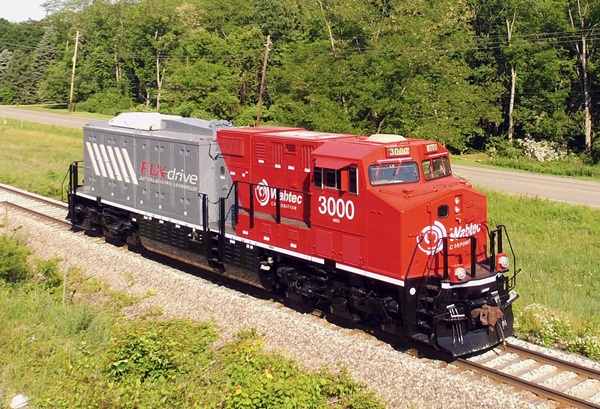
WASHINGTON — Wabtec CEO Rafael Santana asked Congress today to help fund a Freight Rail Innovation Institute that will develop zero-emissions locomotive technology to replace the diesel by 2030.
“Wabtec’s goal is to develop the next generation of zero-emission locomotives. Wabtec has a clear path to power new locomotives – and repower existing locomotives – with batteries, hydrogen internal combustion engines, and hydrogen fuel cells,” Santana told the House Committee on Transportation and Infrastructure.
The institute will be a partnership involving Wabtec, short line holding company Genesee & Wyoming, and Carnegie Mellon University.
“To accelerate the future of rail within the next decade and at scale, we ask Congress to collaborate with Wabtec, CMU, and G&W to create, coordinate, and co-fund the Freight Rail Innovation Institute,” Santana said.
The innovation institute will fund research, demonstration, and commercialization of technology that can eliminate railroads’ use of fossil fuels that contribute to climate change. The effort, which also would involve research on technology that would improve network logistics and capacity, aims to shift highway traffic to rail, which is currently four times more fuel efficient than trucks.
The new technology, including moving block signal systems and more sophisticated network management software, would permit railroads to handle 50% more freight by better using existing capacity. “By pursuing increased rail utilization and zero-emissions locomotives, we can create up to 250,000 jobs, all while increasing safety,” Santana says.
“By increasing the amount of freight trains on the railroad, we increase the need for yard, maintenance, and manufacturing workers,” Santana says. “Therefore, we believe 80% of the jobs created through our program will be blue collar jobs. This is alongside the jobs created to construct a research institute, as well as build and maintain hydrogen fueling pipelines and stations around the country.”
Wabtec hopes to quickly develop and test battery-electric and hydrogen combustion engines that can replace the diesel engines in existing locomotives. “Each diesel-powered locomotive converted to alternative energy sources can save up to 3,000 tons of [carbon dioxide] per year,” Santana says.
Wabtec’s FLXdrive battery-electric locomotive has been undergoing testing on BNSF Railway between Stockton and Barstow, Calif., since January. “To date FLXdrive has run over 10,000 miles and delivered an average of 10% reduction in fuel consumption across the train,” Santana says.
By boosting the battery power to 6 megawatt hours from the prototype’s 2.4 megawatt hours, fuel consumption and emissions could be reduced by 30%, Santana says.
The combination of green locomotives and shifting more freight to rail would reduce greenhouse gas emissions by up to 120 million tons per year, which is the equivalent of removing 26 million cars from the road, Santana says.
Genesee & Wyoming said the partnership would accelerate the development of green locomotives.
“We believe that G&W working with Wabtec and Carnegie Mellon University on the Freight 2030 Initiative, with support by the federal government, will accelerate the development of zero-emissions locomotives and transform the next generation of rail transportation,” G&W CEO Jack Hellmann said in a letter of support. “With success, G&W railroads will be able to offer our customers both carbon-free and cost-effective transportation, enabling us to expand rail freight utilization and thereby create a virtuous circle that reduces our nation’s carbon footprint.”
The Wabtec-G&W-Carnegie Mellon partnership is the latest example of the rail industry aiming to reduce its carbon footprint. The Class I systems have published science-based targets to reduce emissions over the next decade, and Canadian Pacific is developing a hydrogen fuel cell locomotive that it will begin testing next year.






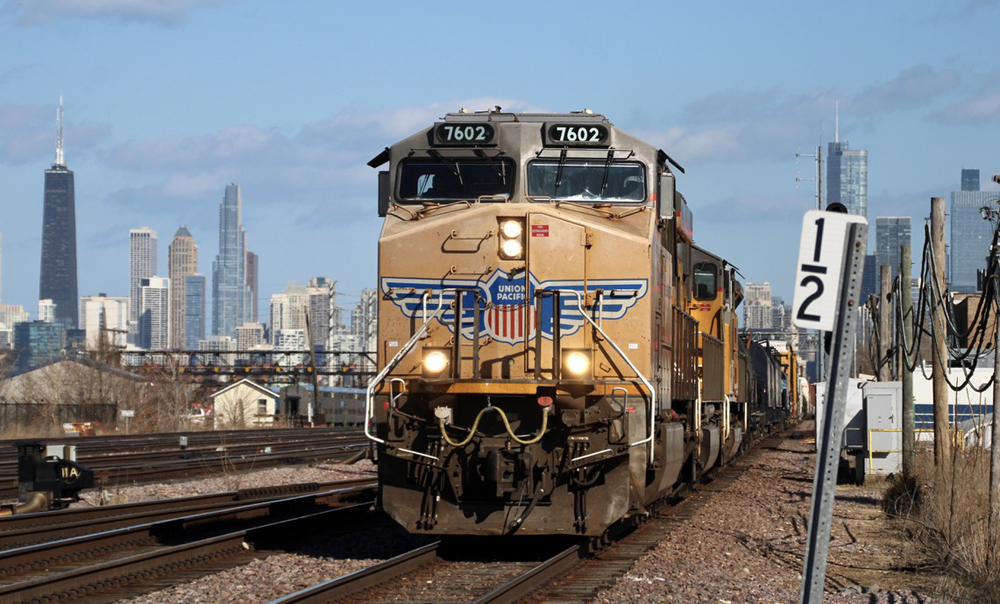
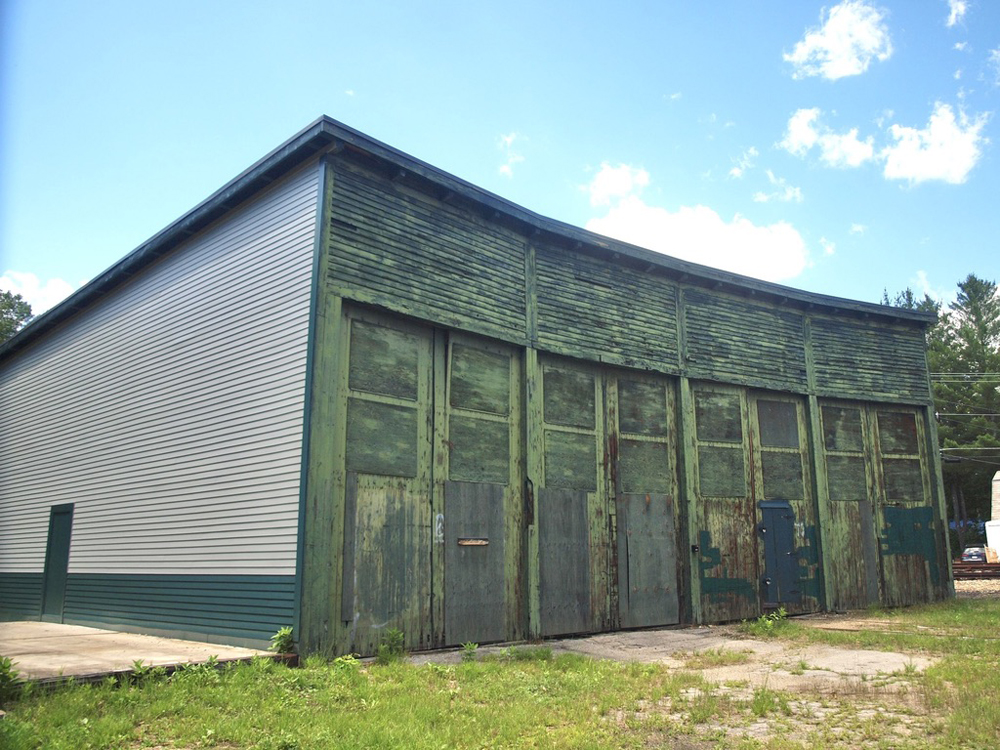
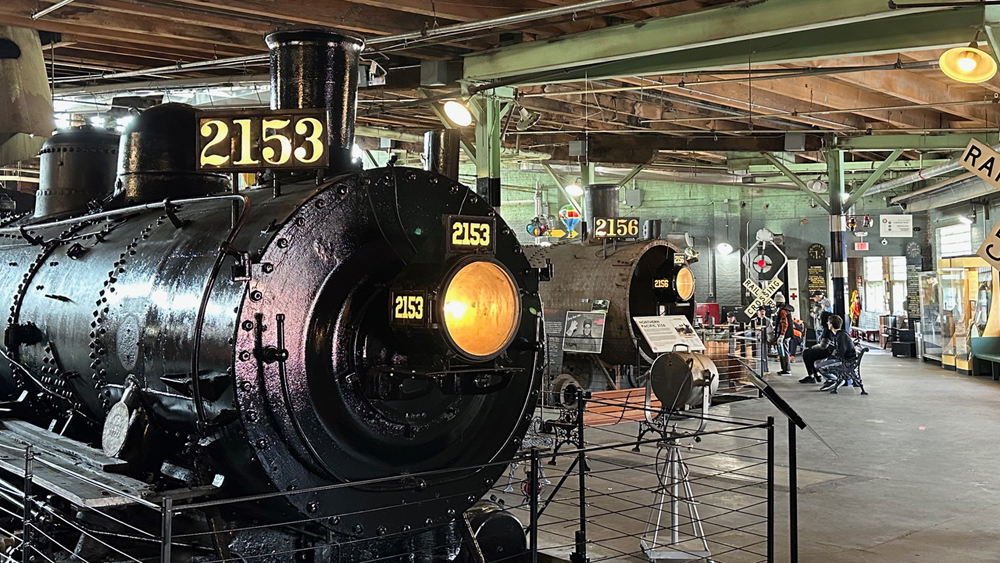
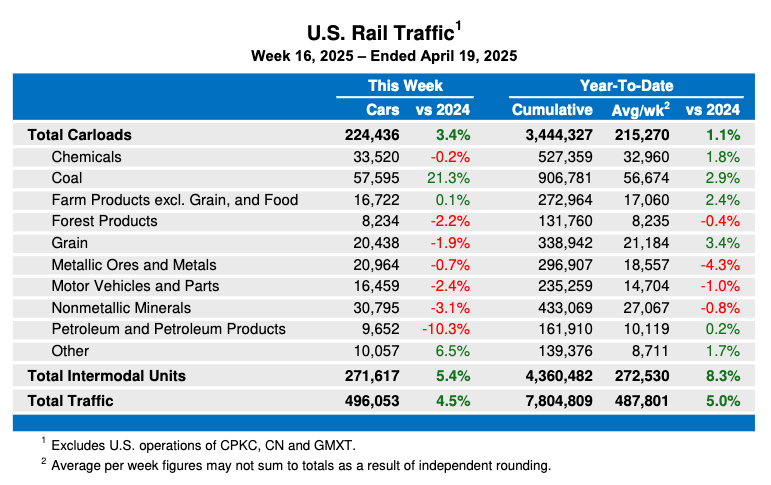




This all sounds eerily like RJ Corman’s effort with, and their purchase of Railpower and their not-yet-successful hybrid and genset locos.
A carbon tax on fuels including diesel, gasoline, and natural gas may motivate railroads to consider electrification. Onboard energy storage and more efficient electric motors could reduce peak electricity demand. Could batteries on existing diesels reduce fuel consumption?
Capital is cheap now with very low interest rates. Upgrading heavily used routes with conventional 25 kilovolt AC overhead makes sense. India has already built electric freight corridors with the contact wire high enough to pass double stack container trains.
Not all routes make economic sense to electrify. Hydrogen and battery electrics have a place on these routes. Hydrogen must be produced from natural gas by steam reforming or from water through electrolysis. Steam reforming produces outputs of hydrogen and carbon dioxide. The process can be clean if the carbon dioxide is compressed and stored underground. Depleted oil fields can be used for this purpose.
Electrolysis uses electricity to produce hydrogen which must be heavily compressed for storage and transportation. The hydrogen electrolysis, gas compression and fuel cell cycle only delivers about 40% of the electrical power originally used to make the hydrogen gas and compress it. On the positive side, hydrogen gas tenders will allow long distances between fuel stops and relatively fast refueling.
Batteries are heavy and relatively expensive even with the massive cost reduction successes of recent years. The electricity storage process is efficient with over 90% of the power put into the battery being released. What’s more, the battery can recharge when going downhill and stopping which boosts overall efficiency of the technology. The downside is recharging time.
All these technologies offer the potential to rebuild existing diesel electrics into pure electrics preserving the investment in traction motors, drive electronics, brakes, chassis and other systems. India has rebuilt old diesels into conventional overhead wire electrics.
In the 1930s, the US was the world leader in railroad electrification with PRR, N&W, Virginian, GN, Milwaukee, NYC, NH and LIRR hauling freight and passenger trains behind electrics. Only the routes developed by the PRR, NYC, NH and LIRR remain electrified now for passenger services. The US will have to rebuild its knowledge of electric railway technology and operations or bring it in from outside the country as it does now with almost every type of electric urban transit vehicle and high speed passenger train. Some government investment might allow the US to become a player again in electric railway technology.
Students of history will recall the big debate at the turn of the last century as ICE became more viable (gas or diesel), and electric motors became more effective, that they should replace coal fired steam engines. No more tanking of water every so many miles, no more coal hoppers and coal elevators. The fixed costs of hauling and storing coal across the system. How many steam people laughed at GM when they bought Winton with the idea of building a diesel locomotive? “Not possible” the nay sayers said. Every form of transportation is subject to some kind of technological disruption. Even in the diesel era, several variations have been proposed, built and tried. All with either high levels or small levels of impact. I remember people scoffing at AC based motive power. They said it was unreliable and a waste of money. Today its a normal everyday method of moving the wheels. So with the recent breakthroughs in energy storage, it is logical that companies are going to seek ways to optimize their front end power and find out how well it can operate. Cars didn’t just jump to EV overnight, it took years of hybrid operations to understand the abilities and limitations. So if the rail industry wants to look at alternate means, who cares why? Whether by green shareholders putting pressure (CN & CP), market economics (Tesla lowering cost of energy storage) or strictly as an R&D effort (Wabtec) looking for green markets, constant examination of the options is what makes the United States the perfect place to seek out the viability. History has been on our side since the use of Grasshoppers and Crab’s by the B&O in the 1830’s.
As an after-thought, natural gas burning diesels have been around for decades. A real step forward would be an on -board processing unit to convert diesel to natural gas . Th e ease of handling and storage of diesel combined with the maximum reduction in emissions of gas would be a real step forward.
Unfortunately, faddism in engineering, though not as frequent as in other areas, is more costly because of the time and resources involved. Though not exactly technically comparable to the 50K miles of street and interurban catenary strung between 1895 and 1915–at private expense–a re-birth of electrification offers a mature technology with known parameters of performance and cost. If Swiss Federal. DBB, and the Trans-Siberian can do it, why can’t we? Fuel cells don’t eliminate pollution–they simply displace it from locomotive to production site, with all the costs that entails. Efficiency studies–good idea. Zero emission locomotives–an oxymoron that can only survive with the heavy hand of uninformed politicians on the scale.
Erik,
Straight electric with battery backup is an interesting thought, regeneration back to the battery as well as into the grid.
And more nuclear is the answer, the idea of small reactors scattered about the continent is gaining momentum.
One argument for battery over standard electrification is that the push to “renewable” electric generation is making the grid more intermittent. Counter-argument to that is a hybrid, i.e. a staright-electric locomotive with battery backup.
Straight or battery electrification will make more sense if the baseload power is derived from nuclear as opposed to renewables.
It’s time to electrify the main line network, this battery thing is a passing fad only to appease. It can be done, if it can be done in Scandinavia and Russia it can be done in North America.
Battery locomotives are insufficient mainline power.. You want congress to co-fund? The string the wires..
Why should the locomotive industry be any different than the pharmaceutical industry or any industry for that matter? Actually I do agree that governments are far too generous in giving out benefits to corporations as opposed to individuals. But at least the goals are beneficial here for all of society, less climate change and pollution
They want a hand-out from Uncle Sam but are they willing to share the profits that will come down the road? I think not.
but diesel locomotives have been built to low emission standards